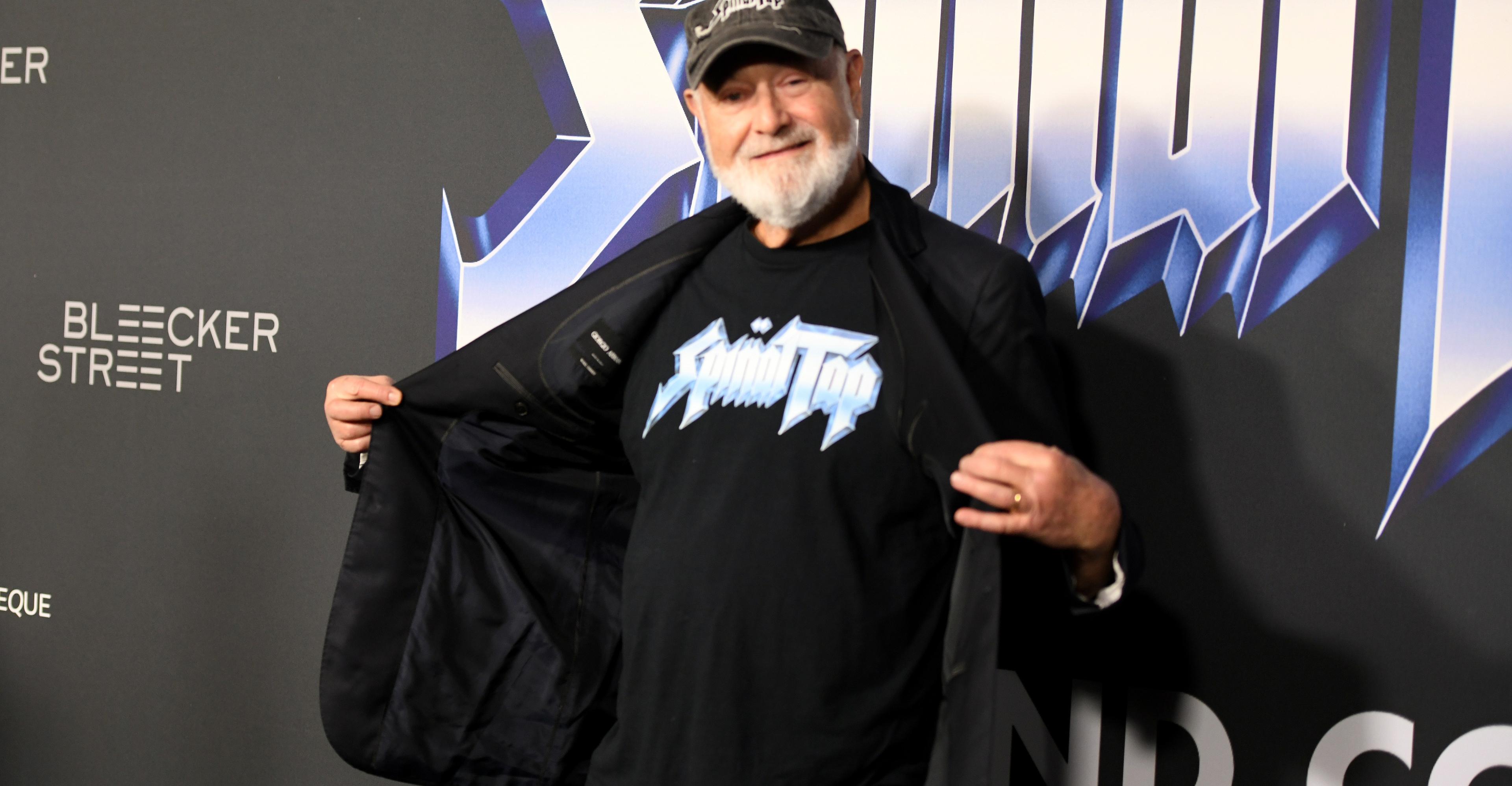In a dissenting opinion, Alito takes a potshot at Bush’s signature racial justice program.


The Supreme Court announced on Tuesday that it will not hear Coalition for TJ v. Fairfax County School Board, a lawsuit attacking a school admissions program that was considered a cutting-edge conservative idea a quarter century ago — and whose most prominent champion was Republican former President George W. Bush.
Two justices dissented, with Justice Samuel Alito writing an angry opinion attacking a school admissions policy that closely mirrors Bush’s signature racial justice program.
In the late 1990s, when Bush was governor of Texas, he signed legislation creating that state’s “top 10 percent” law for university admissions. As the name implies, Bush’s law guaranteed that Texas high school students who graduated in the top 10 percent of their class would be admitted to state-run universities. The program is still in effect, although the state’s flagship school, the University of Texas at Austin, only accepts the top 6 percent or so of students due to increased applications.
Bush proudly touted this program as a way to racially diversify Texas universities and as alternative to race-conscious admissions programs that Republicans have long disdained (programs that were recently declared illegal by the Supreme Court’s GOP-appointed majority). As Bush said in 2000 while campaigning for the presidency, top 10 percent-style programs “affect the pool of applicants of minority students available for higher ed in a positive way.”
What sets Bush’s program apart from the Harvard and University of North Carolina affirmative action programs that were recently invalidated by the Court is that it does not consider the race of applicants. Under Harvard’s system, race could be used as a kind of tiebreaker to determine which of several exceptionally qualified applicants should be offered one of the very limited slots in Harvard’s freshman class. Under Bush’s program, by contrast, students are mechanically admitted based on their class ranking.
Nevertheless, as Bush made perfectly clear many times, the purpose of this program was to achieve some degree of racial diversity in Texas’s public universities. It did so by leveraging the fact that many American communities remain racially segregated, which causes Black and Latino students to cluster in certain public high schools.
The Coalition for TJ case involved the Thomas Jefferson High School for Science and Technology (“TJ”), a public magnet school in northern Virginia known for outstanding STEM instruction.
Until a few years ago, TJ used standardized tests to identify “semifinalists” for admissions, and admitted students were selected from these semifinalists based on their test scores, teacher recommendations, GPAs, and writing assignments applicants were required to complete.
In late 2020, however, TJ changed its admission process to use a program similar to Bush’s system. Under TJ’s new system, the top 1.5 percent of students from middle schools eligible to send students to TJ are automatically admitted. The school then admits an additional 100 students based on other factors, such as GPA and whether the student comes from a middle school that has historically sent few students to TJ.
Like Bush’s plan in Texas, this new admissions process does not take explicit account of race — indeed, TJ officials who screen applicants are not told each student’s race, gender, or name. However, also like Bush’s plan, there is considerable evidence that it was adopted in order to racially diversify the school. Among other things, the chair of the school board that adopted the new admissions program said it “needed to be explicit in how we are going to address the underrepresentation” of Black and Latino students at TJ.
The question presented by the Coalition for TJ case, in other words, was whether a school may adopt admissions standards that don’t consider race, but that officials choose specifically because they know they will increase racial diversity at that school. As Alito notes in his opinion, the Supreme Court’s precedents ordinarily do not allow states to enact policies that were created for the “purpose” of giving an advantage to a particular racial group, even if they operate in a racially neutral way.
That said, before the Supreme Court’s decision last year in the Harvard case, selective schools were allowed to take some limited account of race for the purpose of diversifying their student body. Harvard suggests that these sorts of programs are no longer allowed, but the Court’s decision to turn away the Coalition for TJ case is also a sign that most of the Court may still tolerate some attempts to racially diversify schools — so long as they use methods previously approved by Republicans.
Notably, only Justice Clarence Thomas joined Alito’s Coalition for TJ opinion. Justice Neil Gorsuch, who often forms a three-justice MAGA coalition with Thomas and Alito, did not.
In any event, the Court’s decision not to hear the case is evidence that a majority of the justices may tolerate top 10 percent-style programs, but it does not guarantee that they will. The Court could still agree to hear a similar case in the future — and it could potentially strike down Bush’s program when that happens.
Should the Supreme Court rule that schools may not have such programs, it would be an extraordinary blow to diversity on campus that would stretch far beyond TJ. Top 10 percent-style programs now exist in several state university systems, including Texas and California — the two largest states.
A decision against these programs, moreover, would show just how much the Republican Party has radicalized on the issue of race in the last two decades. Such a decision would almost certainly be joined only by Republican appointees to the Court, much like the Court’s decisions striking down Harvard and UNC’s policies.

The low, low cost of ending extreme poverty
- 18 hours ago

The global shadow economy behind Trump’s latest move on Venezuela
- 18 hours ago

When your AI boyfriend gets you better than your spouse
- 9 hours ago

Technical, vocational training system being aligned with int’l standards: PM Shebaz
- 10 hours ago

Mayor emphasises importance of waste-to-energy projects for Karachi
- 2 hours ago
Jets release receiver Lazard, last Rodgers-era link
- 8 hours ago
Browns LB Bush found not guilty in assault trial
- 8 hours ago

Pakistan voices concern over manipulation of flow of Chenab River by India
- 8 hours ago
25% Decline in foreign investment in Pakistan:State bank report
- 4 hours ago
Dolphins' McDaniel opens door to benching Tua
- 8 hours ago

Prime Minister Shehbaz Sharif has approved Halal meat export policy
- 9 hours ago

Field Marshal Asim Munir pledges to cement defence ties with Libya
- 11 hours ago








